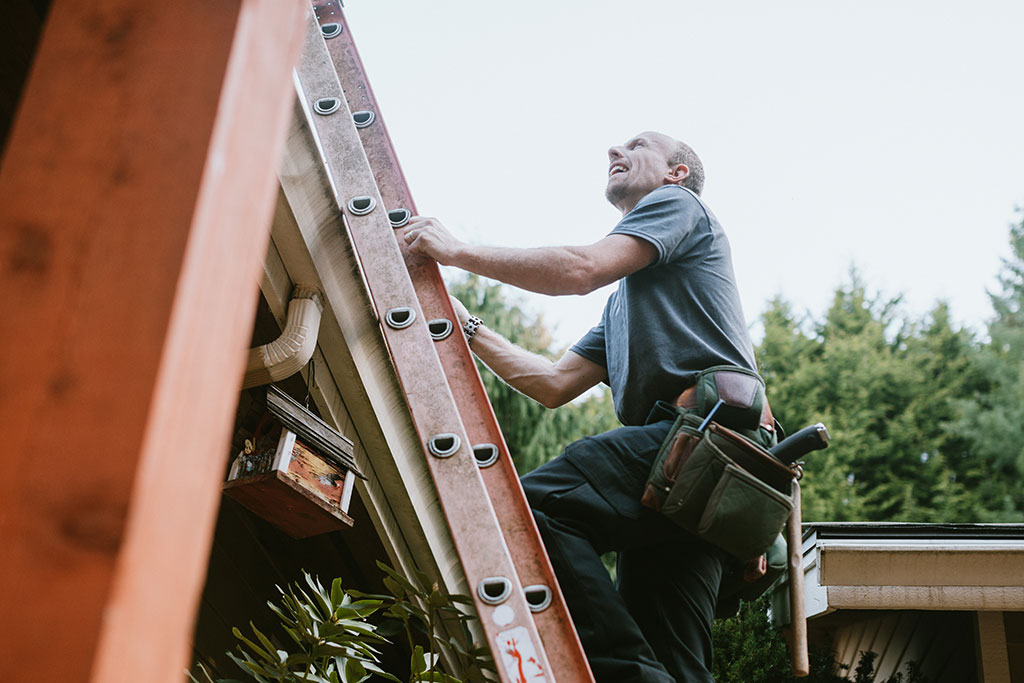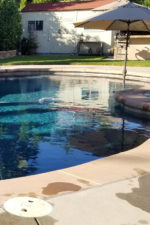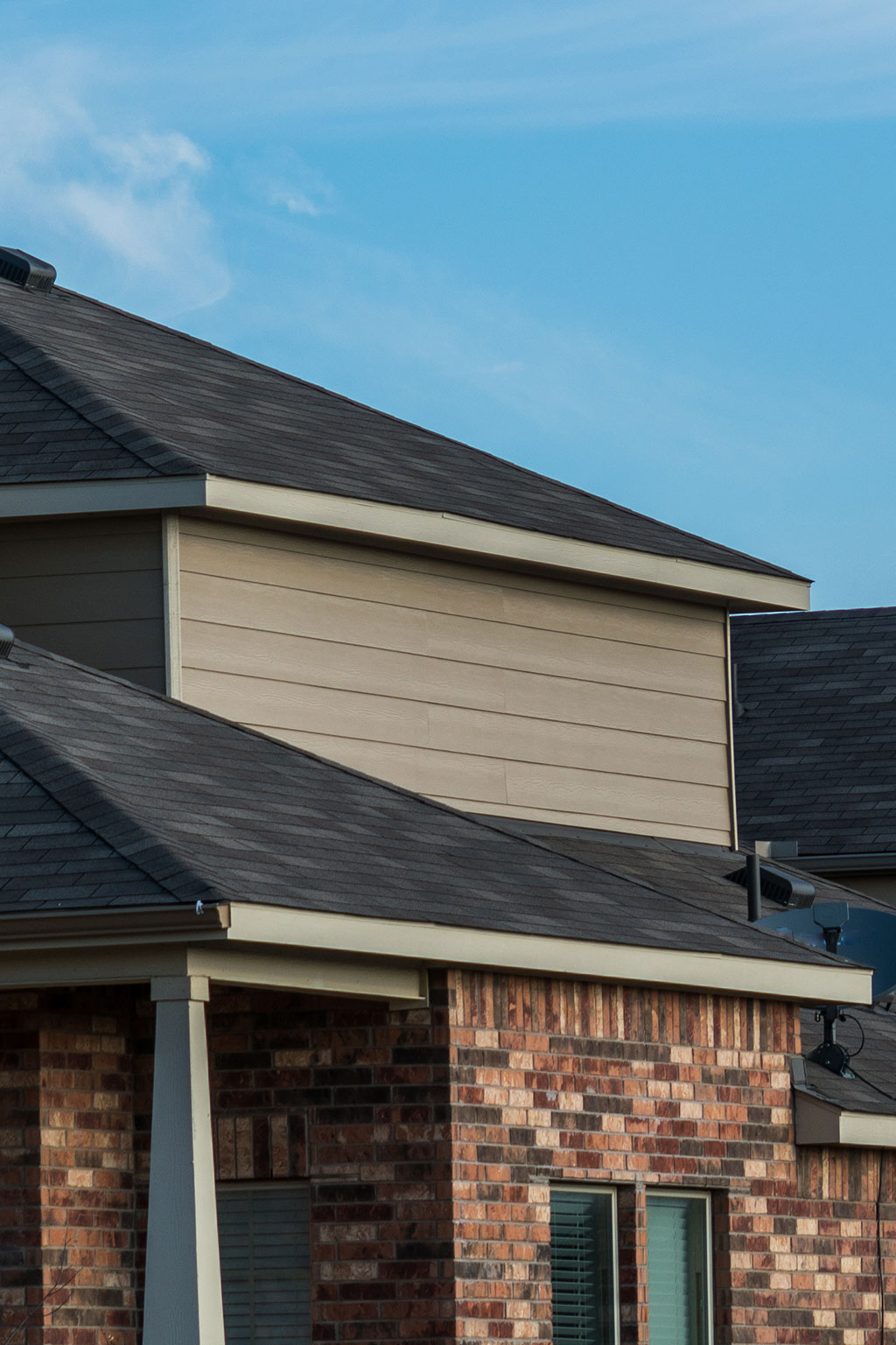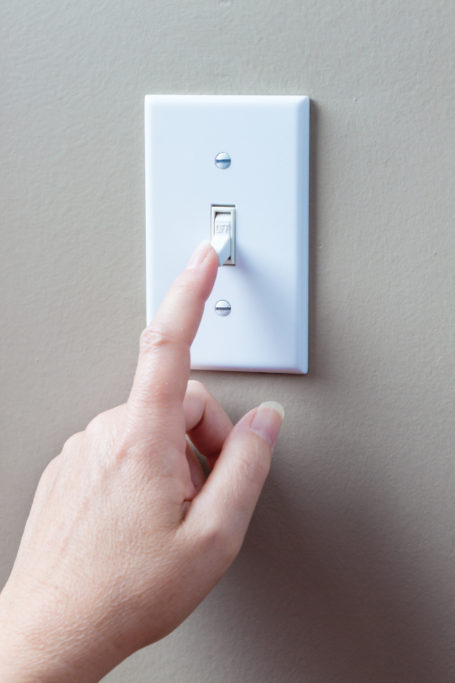Roofing Red Flags Every Homeowner Should Know
Your roof is one of the most important parts of your home, but it’s also one of the easiest to overlook.
Because it is often out of sight, many homeowners do not notice problems until leaks or drafts appear, and by then, repairs can be costly. The good news is that a few simple checks can help you spot roofing red flags early, which gives you time to fix small issues before they become expensive bills. By identifying missing shingles and moss growth, you can spot these warning signs before small issues become big bills. Here are the key signs every homeowner should look out for.

Missing or damaged shingles
These features are your roof’s first line of defense. If they are cracked, curled, or missing, your home is vulnerable. Over time, harsh weather and age can cause shingles to deteriorate, which leaves bare spots where water can seep in. Even a few missing shingles can allow moisture to reach the underlayment, which can lead to leaks and structural damage. Regularly check your roof, especially after storms, for any shingles that look out of place. If you notice damage, it is best to repair or replace them right away to keep water out and protect the integrity of your roof.
Granules in the gutters
Asphalt shingles have a protective layer of granules that shield them from the sun. Over time, these granules wear away and often wash into your gutters. While a small amount is normal, finding piles of granules in your gutters or downspouts is a clear sign that your shingles are nearing the end of their lifespan. Excessive granule loss leaves shingles exposed to UV rays, which accelerates their deterioration. Catching this issue early can help you plan for a repair or replacement before leaks develop.
Sagging or uneven areas
Sometimes roofing problems make themselves known indoors. Water stains on ceilings or walls, peeling paint, or damp spots in the attic are all signs that moisture is getting in. Even small leaks can lead to mold growth and damage insulation, drywall, and wooden framing. If you notice discoloration or moisture inside your home, do not ignore it. Tracing the source back to your roof and addressing it quickly can save you from larger, more costly repairs down the line.

Leaks or water stains inside the home
Serious roofing problems can potentially make themselves known indoors. Water stains on ceilings or walls, peeling paint, or damp spots in the attic are all signs that moisture is getting in. Even small leaks can lead to mold growth and damage insulation, drywall, and wooden framing. If you notice discoloration or moisture inside your home, don’t ignore it. Tracing the source back to your roof and addressing it quickly may save you from larger, more costly repairs down the line.
Damaged flashing around chimneys and vents
Flashing is a thin, often metallic, material that is installed around chimneys, vents, and skylights to seal joints and keep water out. When flashing cracks, rusts, or pulls away, it creates openings where water can easily enter. Because these are common leak points, damaged flashing is a problem that needs immediate attention. Checking the flashing during routine roof inspections can help you spot trouble early.
Moss, mold, or algae growth
A little greenery may look harmless, but moss, mold, and algae can all cause problems for your roof. Moss holds moisture against shingles, which can lead to decay, while algae and mold can weaken roofing materials over time. Growth is most common in damp, shaded areas of the roof. Cleaning away moss and algae and improving roof ventilation or sunlight exposure can help prevent regrowth. Addressing this promptly not only protects your shingles but also keeps your roof looking clean and well-maintained.
Your roof does not need constant attention, but it does need regular check-ins. By watching for these red flags, you can catch small problems before they become big, expensive ones. A professional roofing inspection once a year can also provide peace of mind, especially if your roof is older or you live in an area prone to severe weather. Invest in its care, and you can ensure that you always keep solid protection over your head.


















